A Gibson electric guitar signed by rock legend Wubai (伍佰) stands side by side with a traditional moon lute in the first room of the Taipei Music Center’s new “Music, Island, Stories” exhibition.
The two stringed instruments from opposite ends of the world set the tone for the ensuing tour through the colorful evolution of Taiwan’s pop music scene, from movie theme songs during the Japanese colonial era to the modern band explosion and forays into hip-hop, EDM and other trendy Western styles.
Visitors can watch grainy footage of 1990s singing contests (including one of a then-unknown A-mei in 1992) in a faux appliance store stacked with old radios and televisions, or sit in a room modeled after a moving train and learn about how hopeful youth traveling north to seek their fortunes played a big part in the lyrics of those days. There are countless interesting artefacts along the way, including a performance costume donned by metal frontman-turned-legislator Freddy Lim (林昶佐), and also a spacious concert room where people can get a taste of a live stadium performance through projections on the walls.
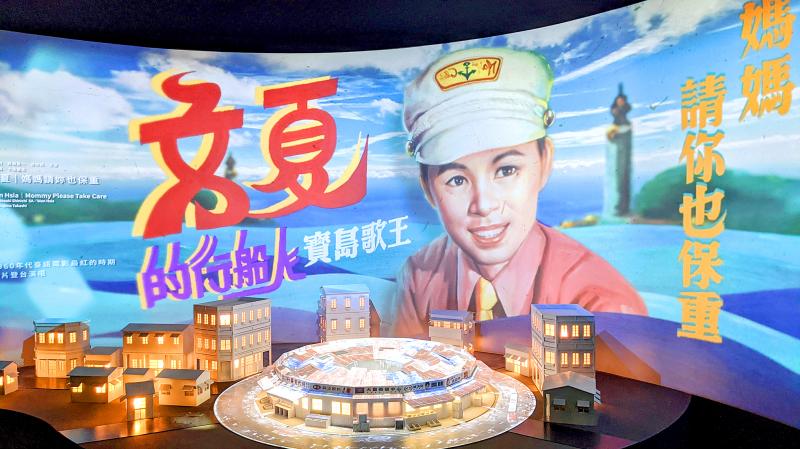
Photo: Han Cheung, Taipei Times
The show will open on Sept. 18 to mark the launch of the Taipei Music Center’s Cultural Cube, which will be the nation’s first exhibition hall dedicated to Taiwan’s pop music. The cube is part of the larger complex in Taipei’s Nangang District (南港) that includes a concert hall, creative hub and an outdoor plaza. The concert hall opened in August last year and hosted the 31st Golden Melody Awards in October.
Many people hear the words “pop music” in Taiwan and immediately think of Mandopop crooners wailing about their lost love, or teenybopper idol groups dancing frenetically to upbeat electronic grooves. Indeed, those elements are probably the most familiar to the casual foreign listener as they were what made Taiwan the music center of the Chinese-speaking world for the past several decades.
But there’s a lot more to it if you dig just a little deeper, as the development of the nation’s music scene, from banned songs to the campus folk movement, also reflected the social and political climate of those times. Fortunately, pop here doesn’t just refer to the musical genre known as “pop,” but any music in Taiwan that has enjoyed mass appeal and made significant cultural and social impact.
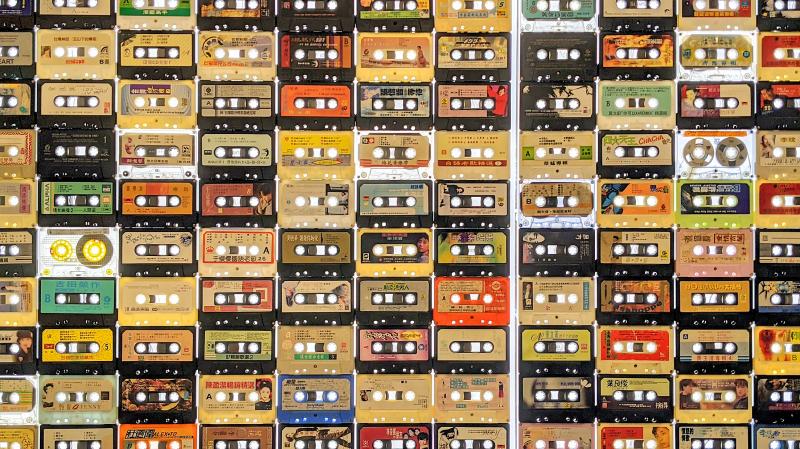
Photo: Han Cheung, Taipei Times
As music critic, DJ and author Ma Shih-fang (馬世芳) notes in in the introductory notes: “One key word here is ‘freedom.’ Even under the conservative authoritarian regime, singers let their imaginations run free to express feelings of oppression and desire. As time moves ever forward, pop music has truthfully documented society’s sweeping transformation.”
The exhibition is thoughtfully designed, with many specially-themed rooms designed to provide an immersive experience. Bold and bright-colored montages of former stars with their signature lyrics fill up the sky over a model of Taipei’s Dadaocheng roundabout, which was one of the earliest centers of Taiwanese pop for several decades. Visitors then pass through the electronics store to an old-school movie theater screening film-related songs — what’s considered Taiwan’s first pop song was released in 1932 to accompany the Chinese film, Peach Blossom Weeps Tears of Blood (桃花泣血記). The theater’s exit then brings the viewer directly into the train room.
This part of the exhibition is especially well-done — visitors seamlessly shuffle through a series of contained environments from the past, and it will surely stir up nostalgia of those who experienced it back then.
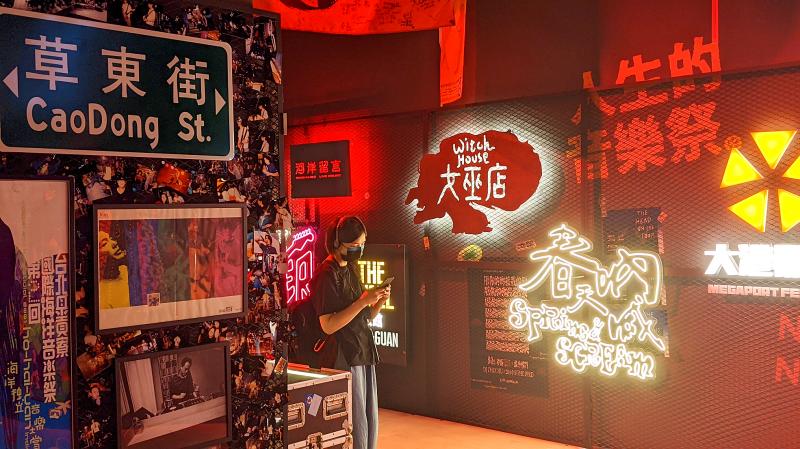
Photo: Han Cheung, Taipei Times
Unfortunately, not the entire exhibit can be like that, and the campus folk room is more of a standard exhibition setup, although still with fascinating items and information. From the stairway, viewers get a panoramic view of the whole complex, including the under-construction condos to the left and lush mountains to the right.
The next few rooms are more artefact heavy, and those who are familiar with the scene can seek an effects pedal, a microphone or even a pair of shoes belonging to your favorite musician. It has panels explaining more recent developments in Taiwan’s music history, but while the text does allude to martial law and creative freedom throughout, there could’ve been just a small section dedicated to a deeper dive into the far-reaches of state censorship and how people pushed back.
Descend the stairs again to the band room, where the dark walls are plastered with neon and acrylic signs and logos of live houses. With towels from various music festivals hanging from the ceiling, this room reflects the importance that independent acts have had on the nation’s music scene. It’s interesting to see what was once shunned by the mainstream as “underground music” now gets a room bigger than the campus folk section. Ah, times have changed.
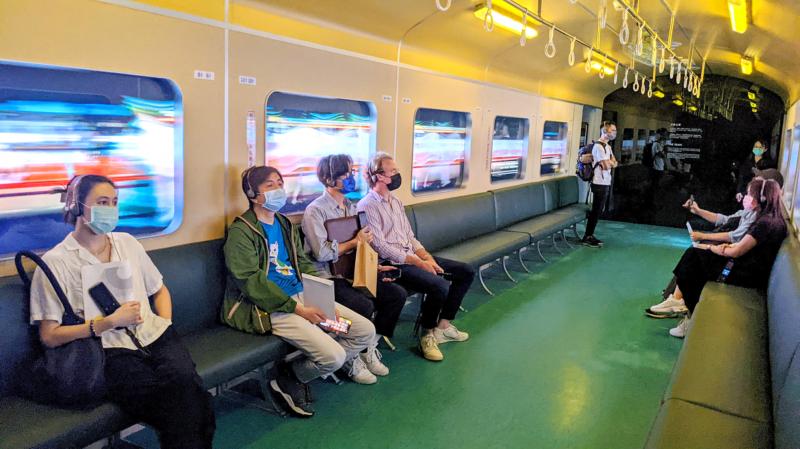
Photo: Han Cheung, Taipei Times
The concert room is actually quite cool, as one can get somewhat of a live show experience without having to be squashed between rabid fans. Four concerts will be rotated throughout the day, and the offerings will change periodically.
Overall, it’s a quite thoughtful and well-put together exhibition with pleasing graphics and displays. It’s a great primer to launch the space with, and it’s exciting to see what special shows they will put forth in the future.
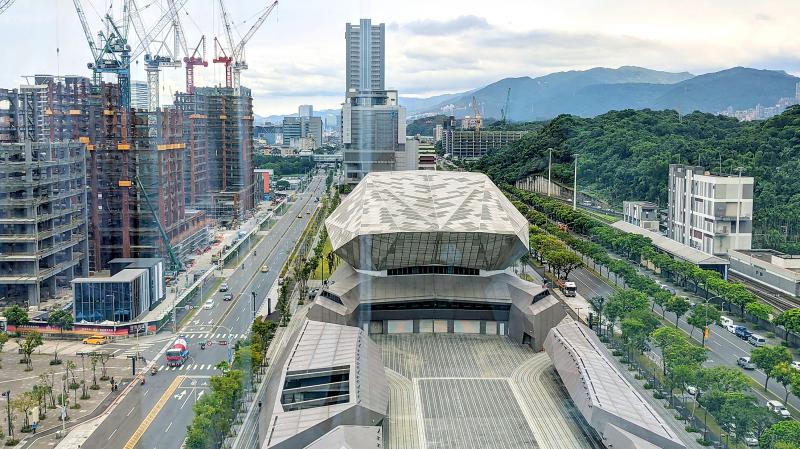
Photo: Han Cheung, Taipei Times
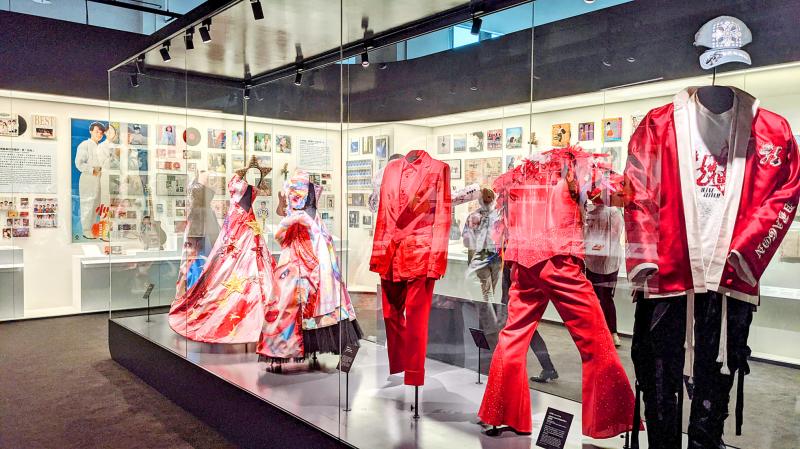
Photo: Han Cheung, Taipei Times
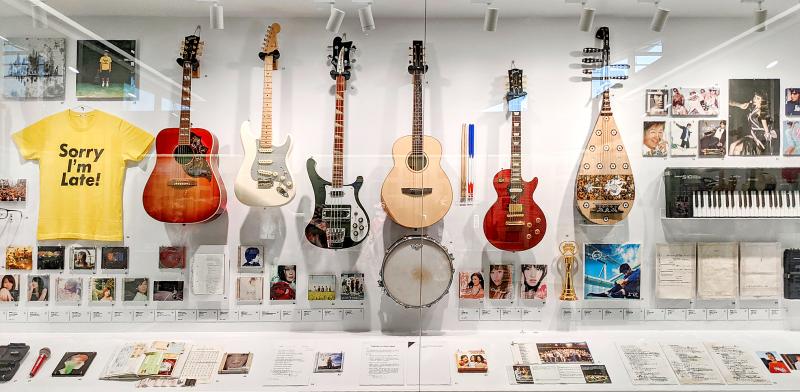
Photo: Han Cheung, Taipei Times
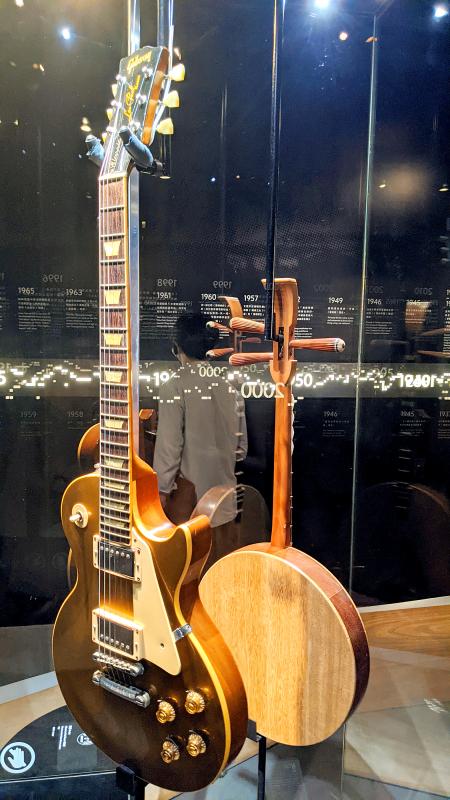
Photo: Han Cheung, Taipei Times

Anyone who has been to Alishan (阿里山) is familiar with the railroad there: one line comes up from Chiayi City past the sacred tree site, while another line goes up to the sunrise viewing platform at Zhushan (祝山). Of course, as a center of logging operations for over 60 years, Alishan did have more rail lines in the past. Are any of these still around? Are they easily accessible? Are they worth visiting? The answer to all three of these questions is emphatically: Yes! One of these lines ran from Alishan all the way up to the base of Jade Mountain. Its

The entire saga involving the Taiwan People’s Party (TPP) and its Chairman Ko Wen-je (柯文哲) continues to produce plot twists at such a rapid pace that fiction publishers would throw it out for being ridiculously improbable. This past week was particularly bizarre, but surprisingly the press has almost entirely ignored a big story that could have serious national security implications and instead focused on a series of salacious bombshell allegations. Ko is currently being held incommunicado by prosecutors while several criminal investigations are ongoing on allegations of bribery and stealing campaign funds. This last week for reasons unknown Ko completely shaved

The only geopolitical certainty is that massive change is coming. Three macro trends are only just starting to accelerate, forming a very disruptive background to an already unsettled future. One is that technological transformations exponentially more consequential and rapid than anything prior are in their infancy, and will play out like several simultaneous industrial revolutions. ROBOT REVOLUTION It is still early days, but impacts are starting to be felt. Just yesterday, this line appeared in an article: “To meet demands at Foxconn, factory planners are building physical AI-powered robotic factories with Omniverse and NVIDIA AI.” In other words, they used AI

Nov. 25 to Dec. 1 The Dutch had a choice: join the indigenous Siraya of Sinkan Village (in today’s Tainan) on a headhunting mission or risk losing them as believers. Missionaries George Candidus and Robert Junius relayed their request to the Dutch governor, emphasizing that if they aided the Sinkan, the news would spread and more local inhabitants would be willing to embrace Christianity. Led by Nicolaes Couckebacker, chief factor of the trading post in Formosa, the party set out in December 1630 south toward the Makatao village of Tampsui (by today’s Gaoping River in Pingtung County), whose warriors had taken the